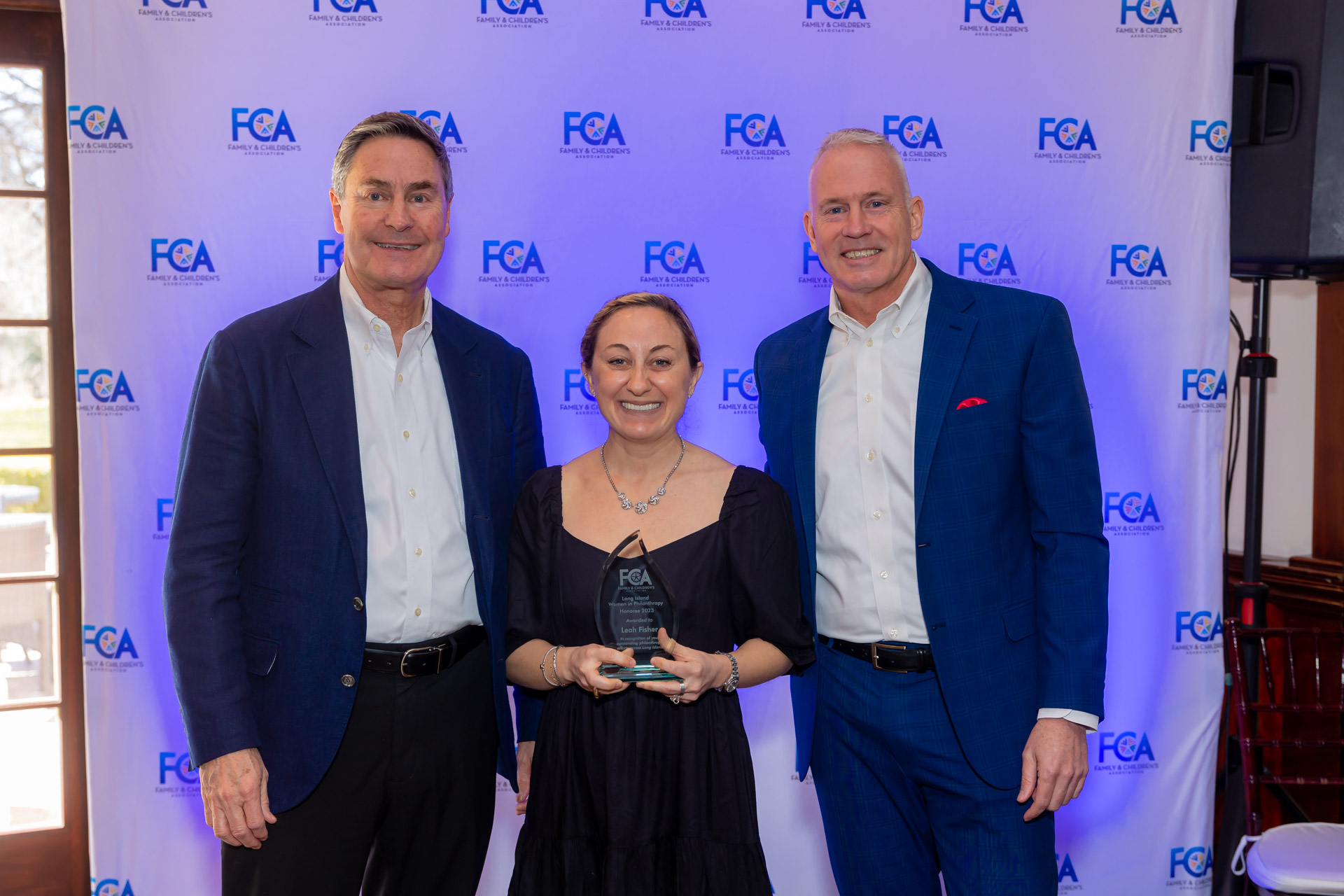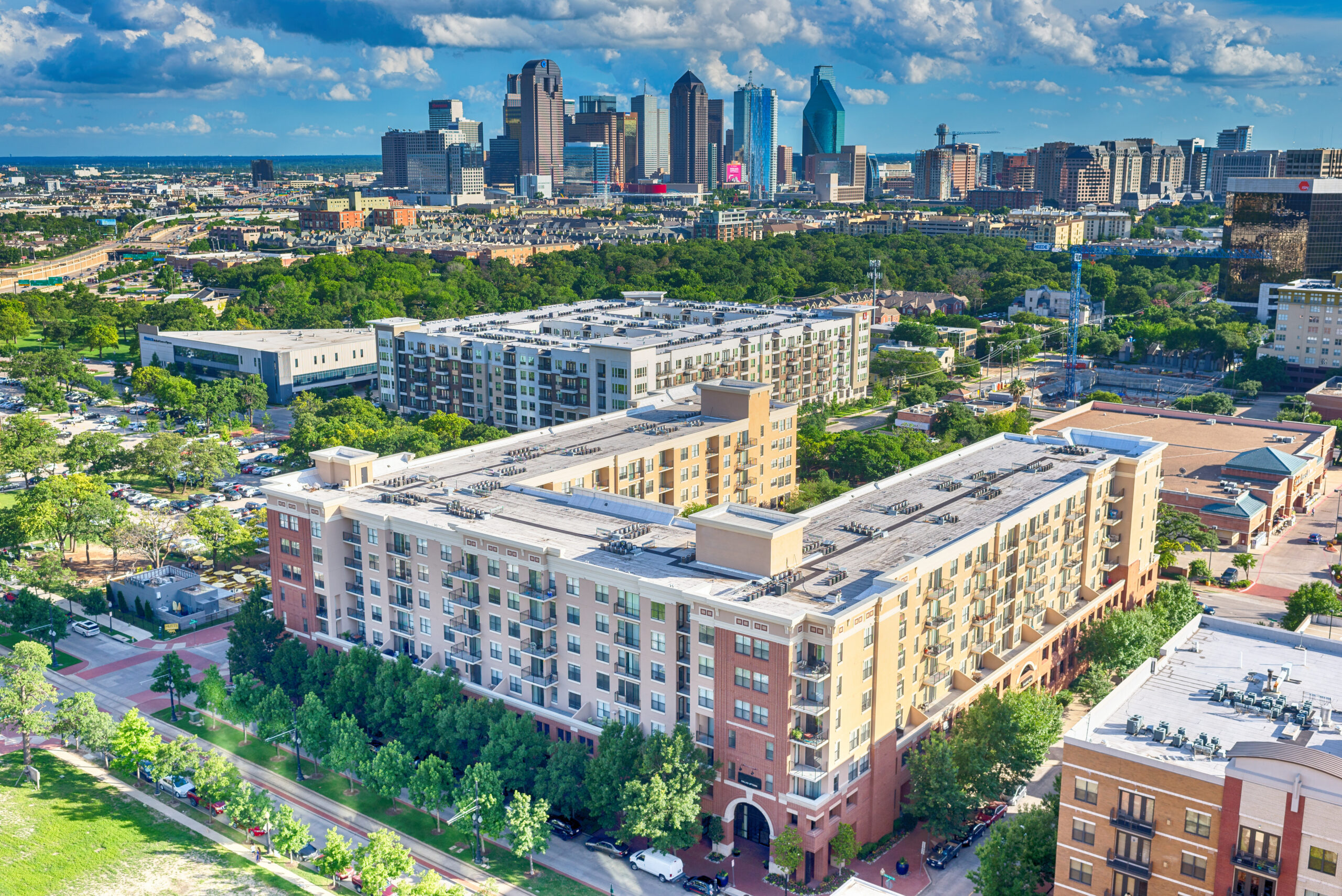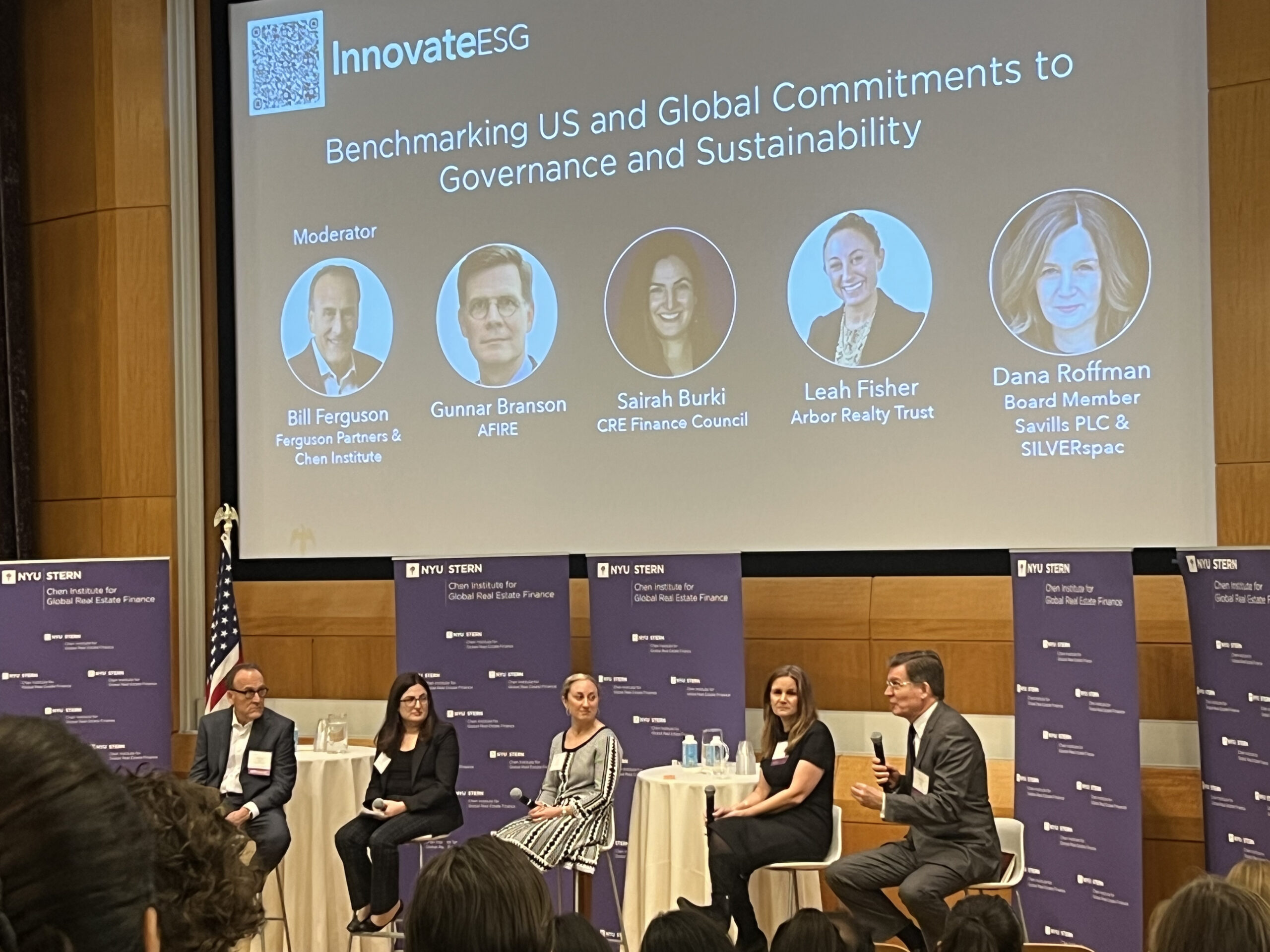Even as the single-family rental (SFR) sector has attracted increased investor activity, the total number of SFR households has moderated due to the influence of overarching housing trends.
Freddie Mac Green Advantage’s New Terms Improve Pricing and Widen Eligibility

A new update to Freddie Mac Green Advantage®, an attractive loan program in a rising interest rate environment, has added new incentives to going green to more multifamily borrowers than ever before. Freddie Mac recently announced a 15 bps pricing benefit to borrowers on top of any affordability benefits currently offered. At the same time, all previous affordability requirements were lifted, opening to door to more investors seeking to improve the sustainability of our communities.

Arbor’s Leah Fisher Honored for Long Island Philanthropic Work

Arbor Senior Vice President, Special Projects, Governance and Risk, Leah Fisher was the 2023 sole honoree at the second annual Family & Children’s Association (FCA) Long Island Women in Philanthropy breakfast and fashion show on March 30 at The Mansion at Oyster Bay in Woodbury, New York. Ms. Fisher gave a keynote speech at the event that encouraged attendees to get involved in their communities.

Aging Baby Boomers Reshape the Housing Market

While the 2008 financial crisis prompted a cyclical shift in U.S. housing — impacting everything from home prices to who can qualify for a mortgage — an equally impactful demographic change was just taking shape. The unprecedented wave of Baby Boomers that began retiring would disrupt the balance of the housing market.

Secondary and Tertiary Markets Gain Ground on Primary Cities

As secondary and tertiary markets continue to gain parity with larger primary cities around the nation, they offer investors a significant potential for return on investment, even as the U.S. and global economic landscapes face notable headwinds.

Small Multifamily Investment Snapshot — Q4 2022

The small multifamily sub-sector ended 2022 on a high note with originations falling just behind 2021’s peak. As economic storm clouds continue circling, small multifamily appears fortified from any reverberations that may result.

Arbor’s Leah Fisher Joins Global Sustainability Panel at InnovateESG

Arbor Senior Vice President, Special Projects, Governance and Risk, Leah Fisher recently spoke on a thought-provoking panel discussion at InnovateESG 2023, a conference focused on environmental, social, and governance missions, hosted by NYU Stern’s Chen Institute for Global Real Estate Finance.

Single-Family Rental Investment Snapshot — Q4 2022

SFR will maintain exposure to the cyclical disruption brought on by the housing market’s softness and rising interest rates, even though its structural growth outlook remains positive and unchanged.

Five Fannie Mae Multifamily Loan Programs Worth Pursuing in 2023

From Standard DUS® to Small Loans to Structured ARMs, Fannie Mae multifamily loans provide excellent terms and competitive, tiered pricing that enable investors to generate steady and reliable income streams in all economic cycles.

Four Observations on Multifamily from the Mortgage Bankers Association’s CREF23 Conference

The Mortgage Bankers Association’s CREF23 conference in San Diego in mid-February included comprehensive and insightful panel discussions led by some of the brightest minds in multifamily. During the four-day event, key themes and takeaways emerged that will likely shape the conversation on multifamily financing throughout the year.

Arbor Achieves Top Rankings from Fannie Mae and Freddie Mac in 2022

Arbor is grateful for our long-time partnerships with Fannie Mae and Freddie Mac that have allowed us to achieve top lender status across multiple loan products year in and year out. Our best-in-class multifamily financing solutions have once again propelled Arbor to the top of 2022’s partner rankings.


